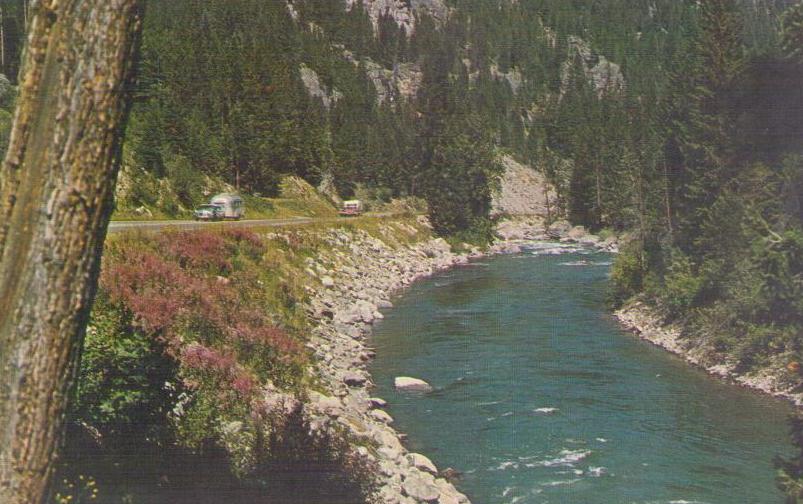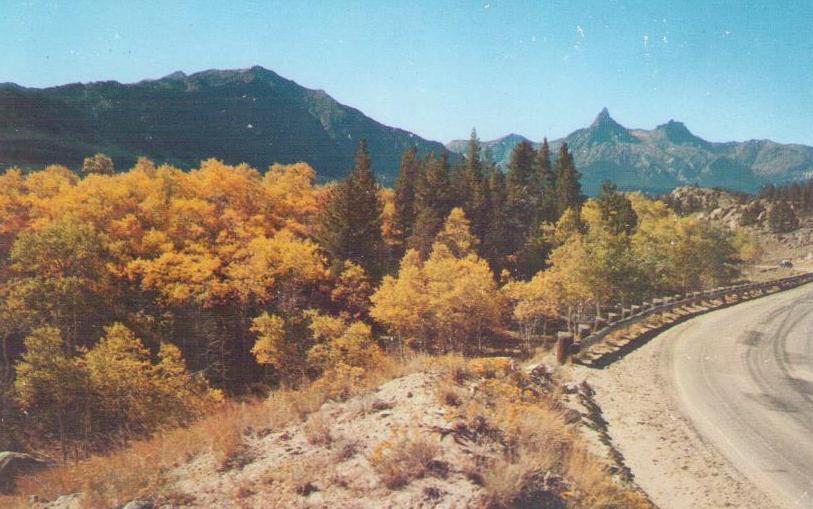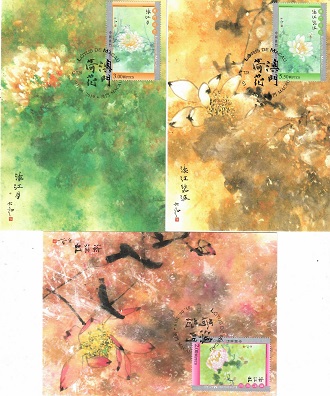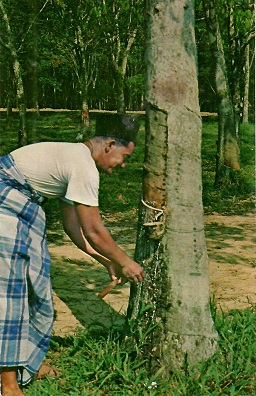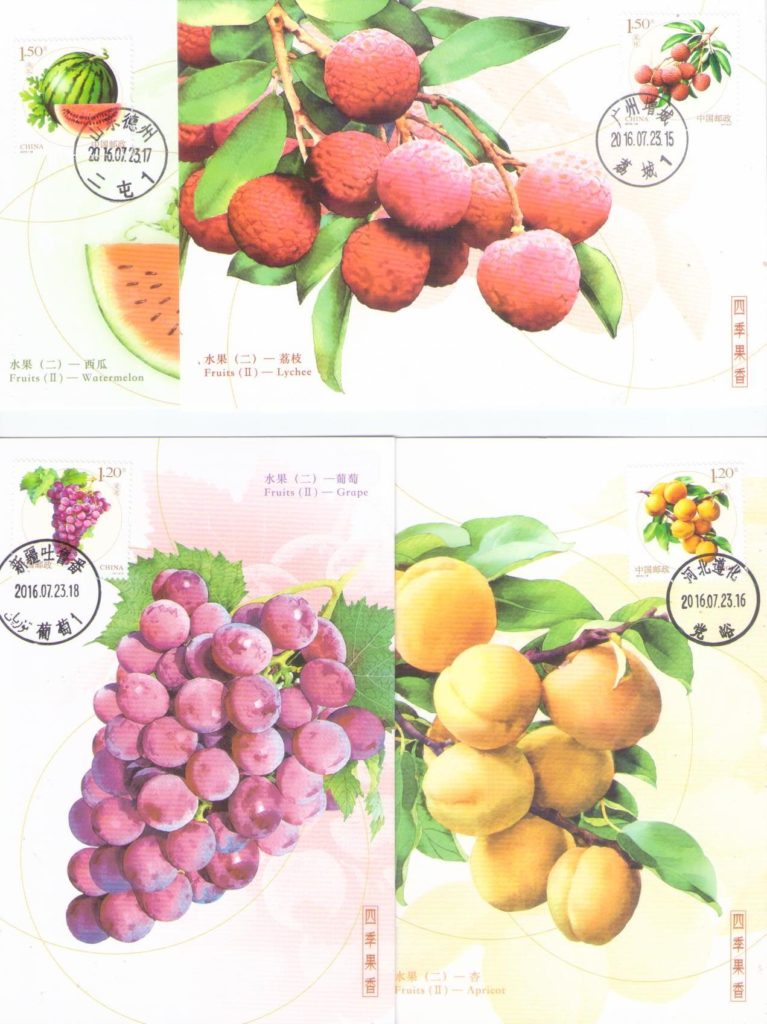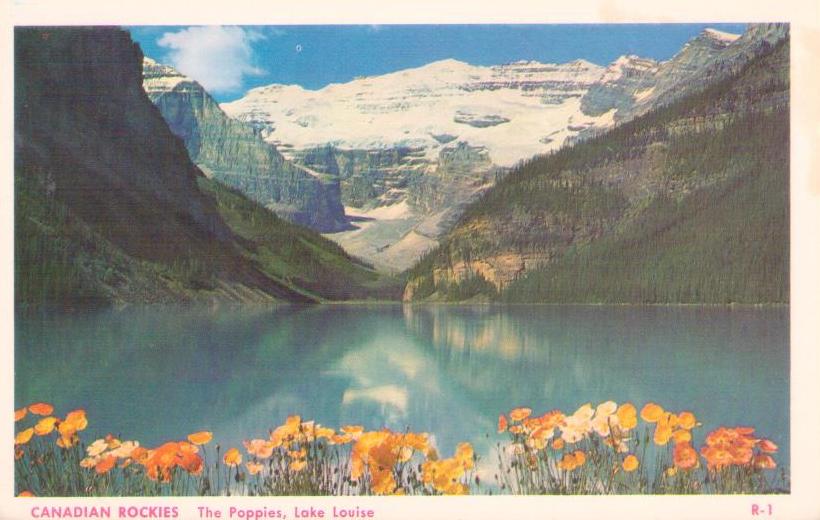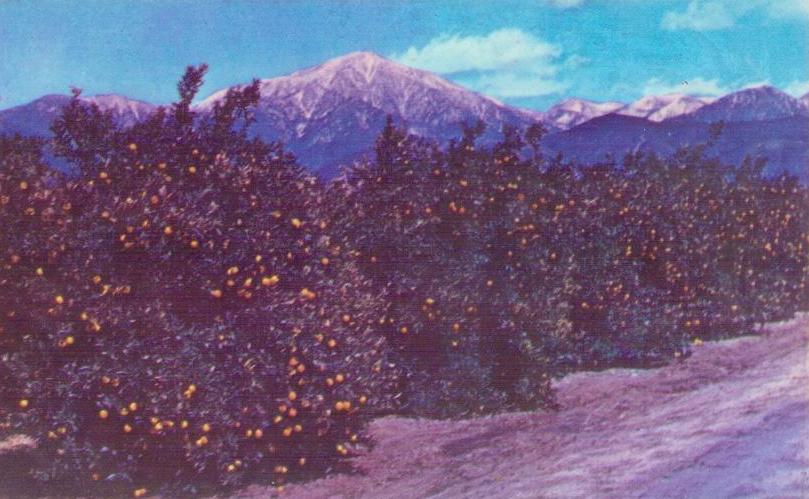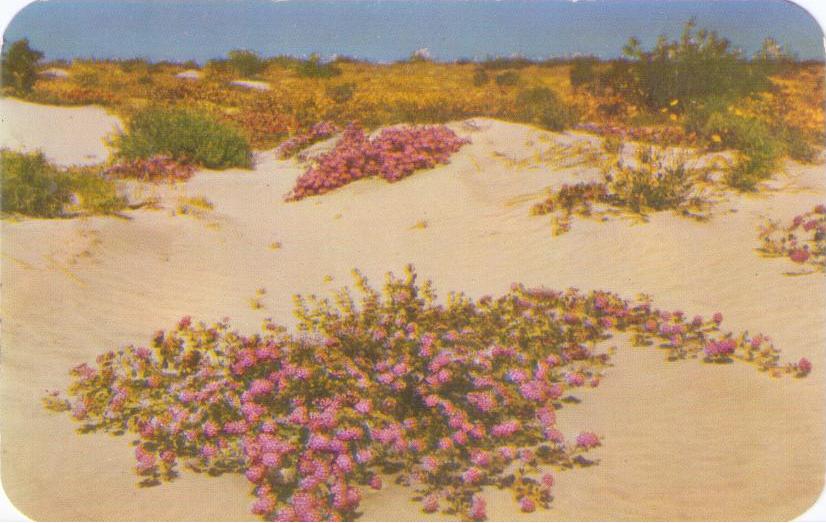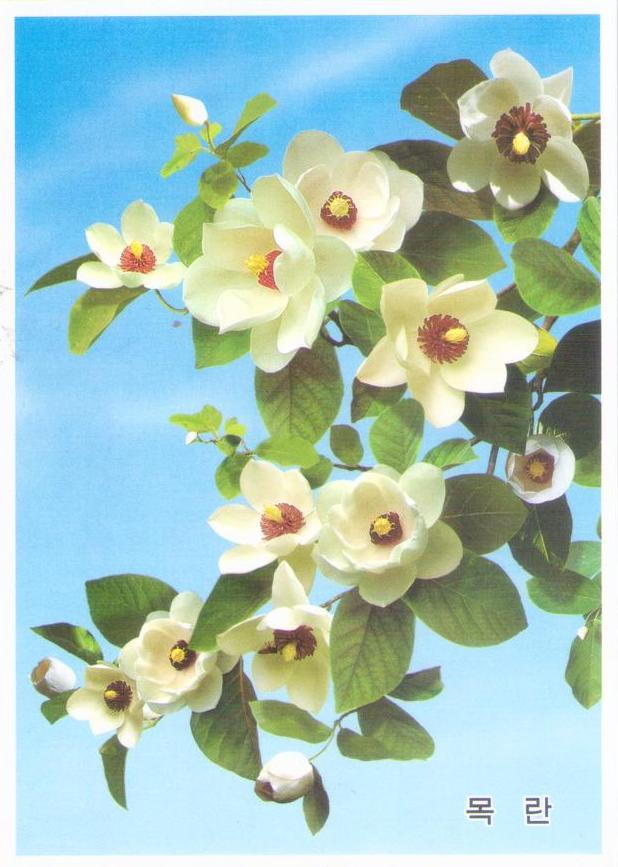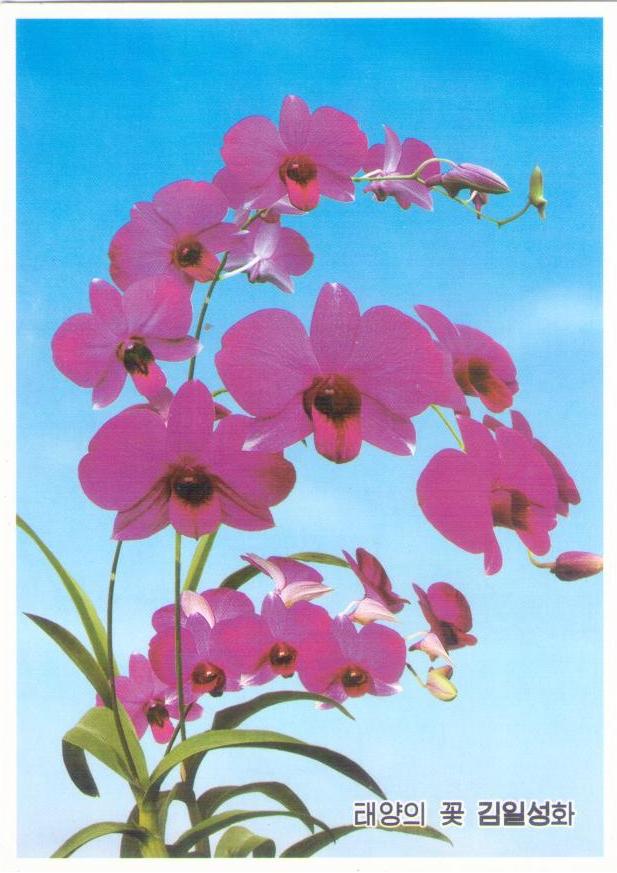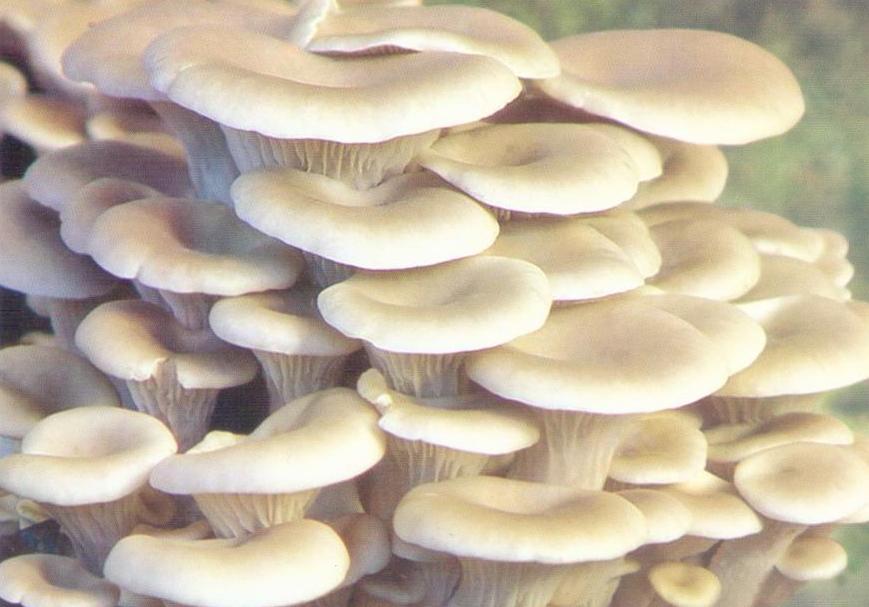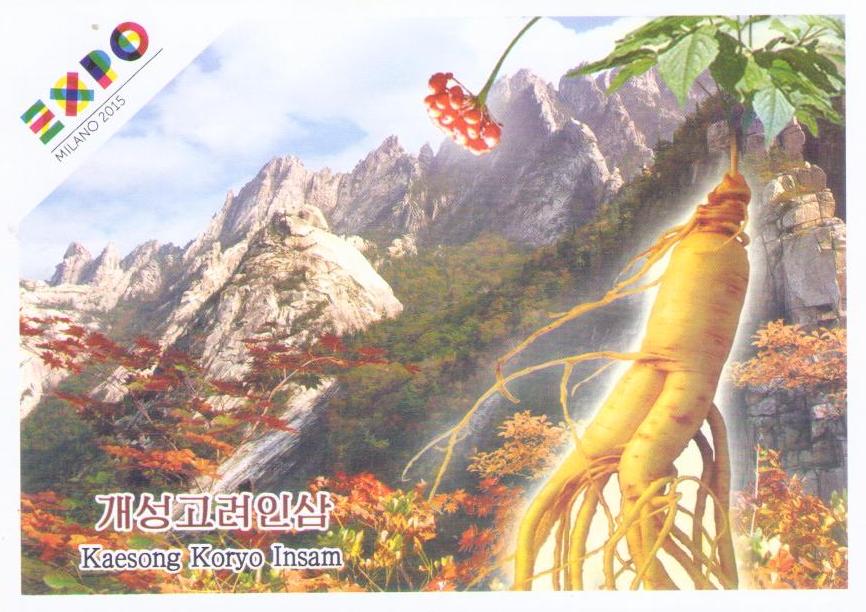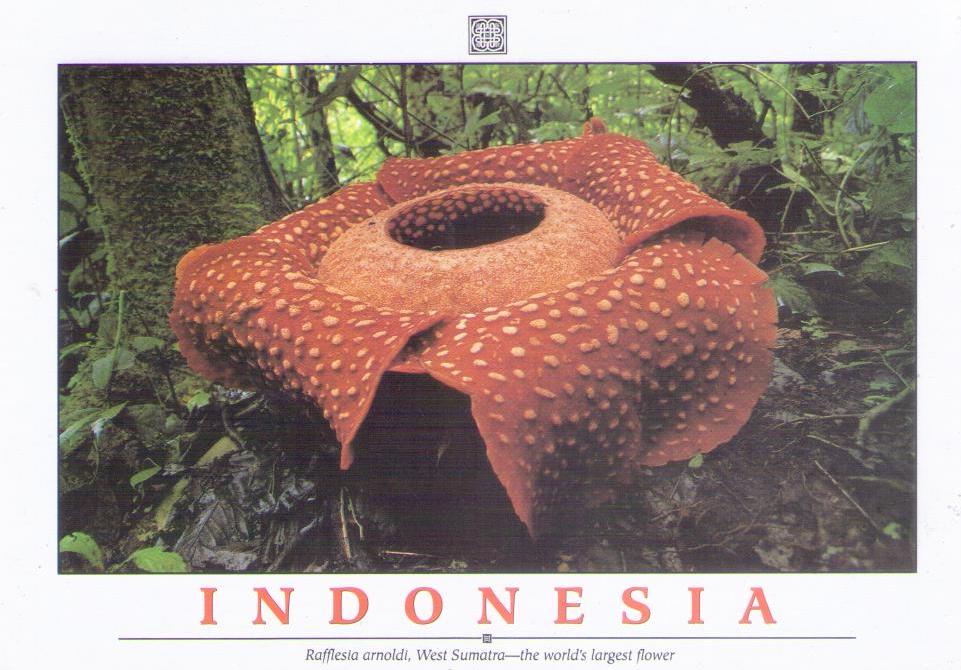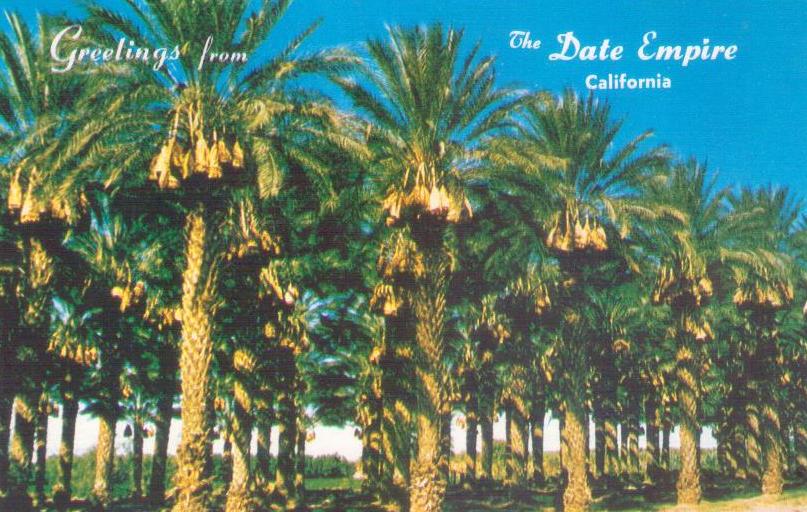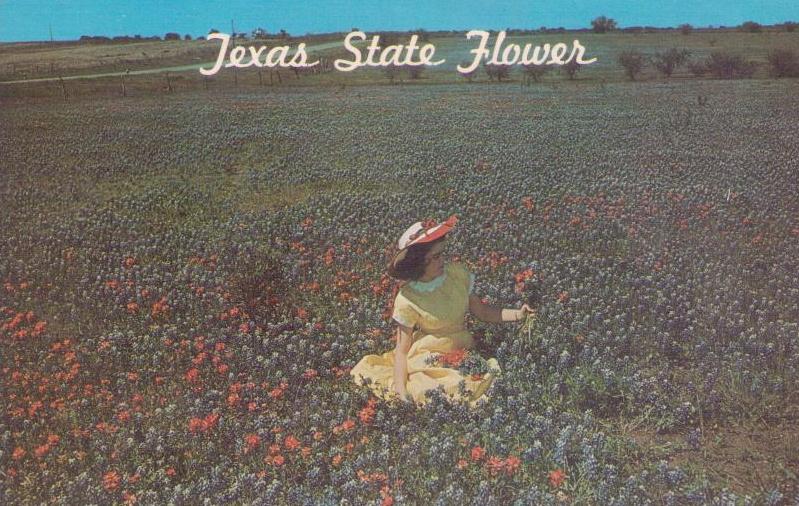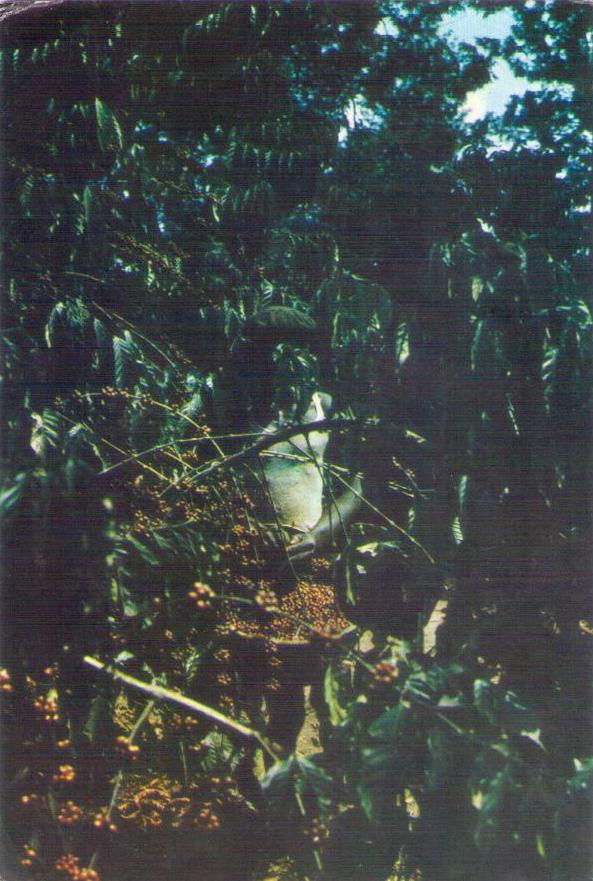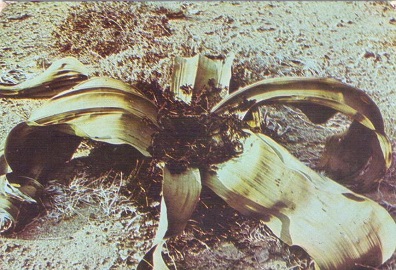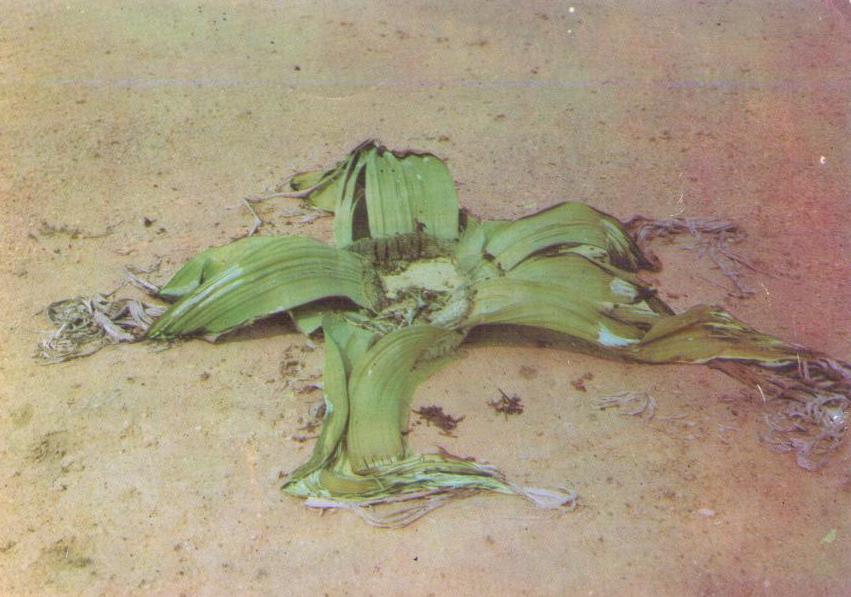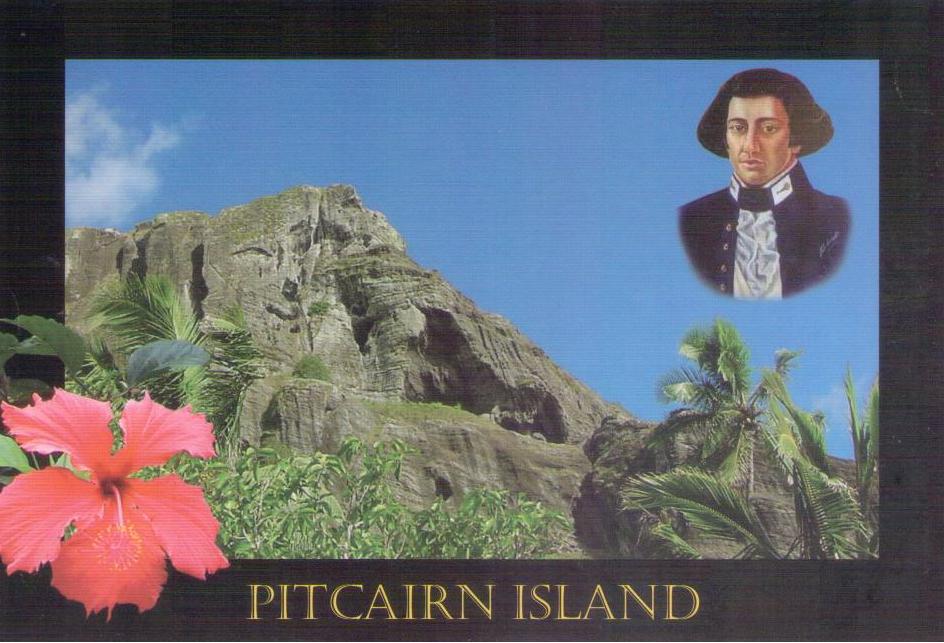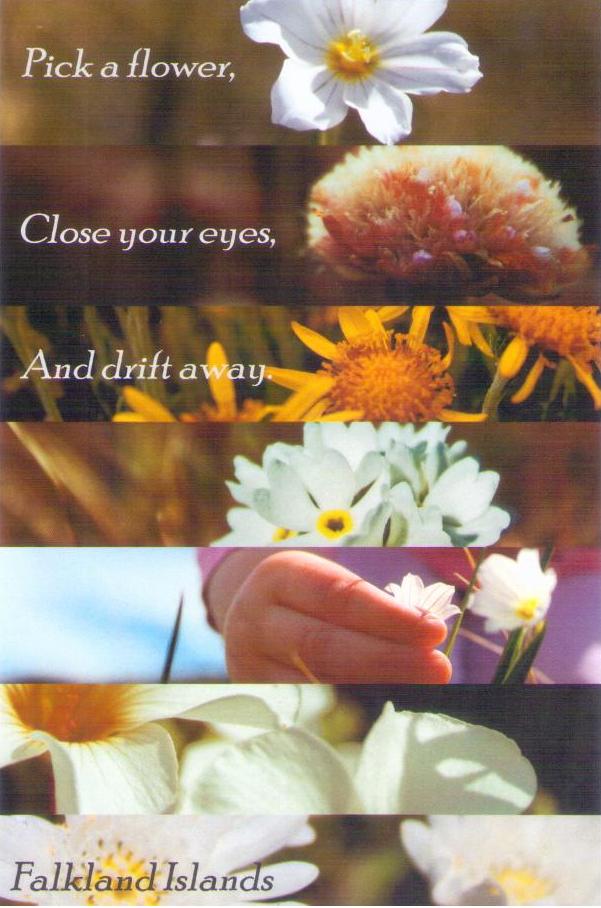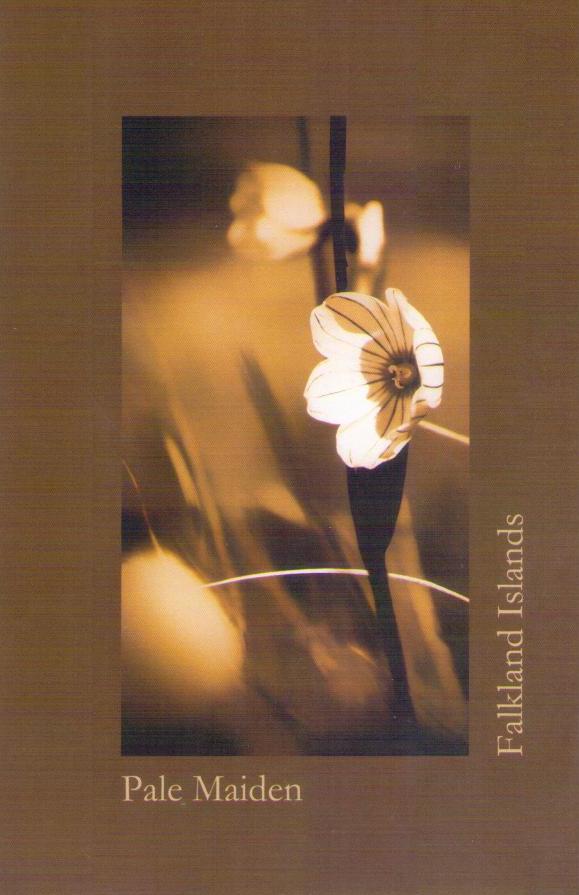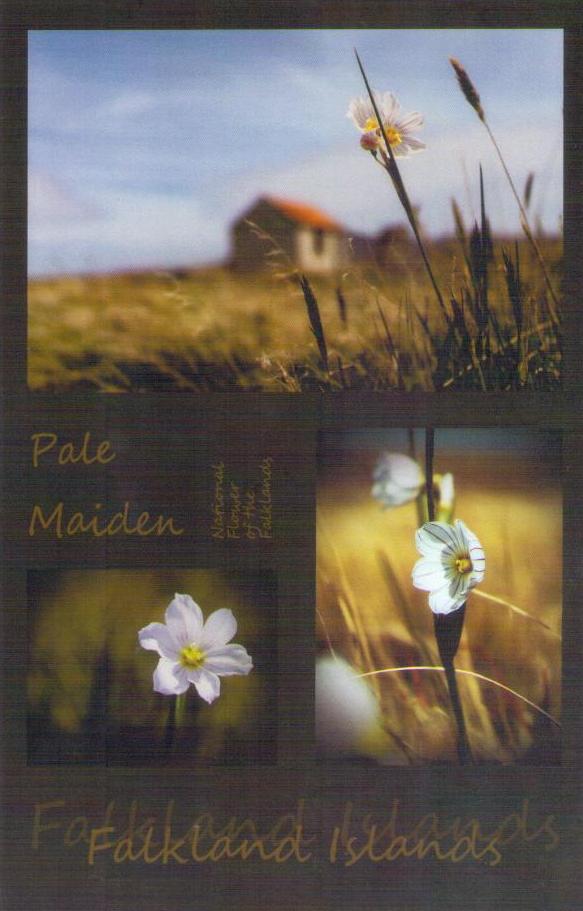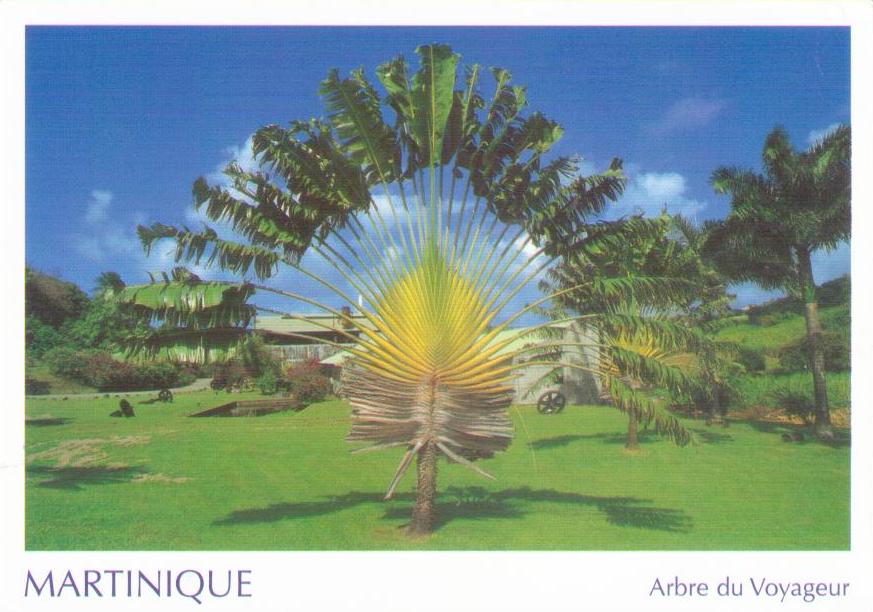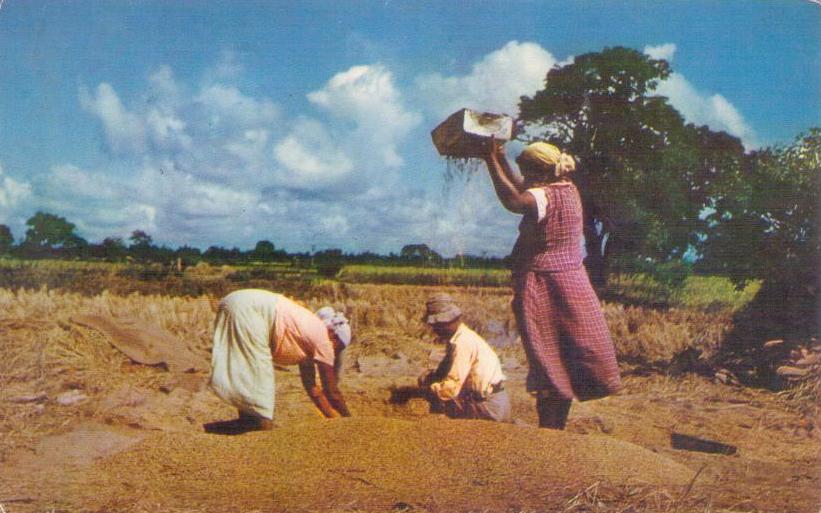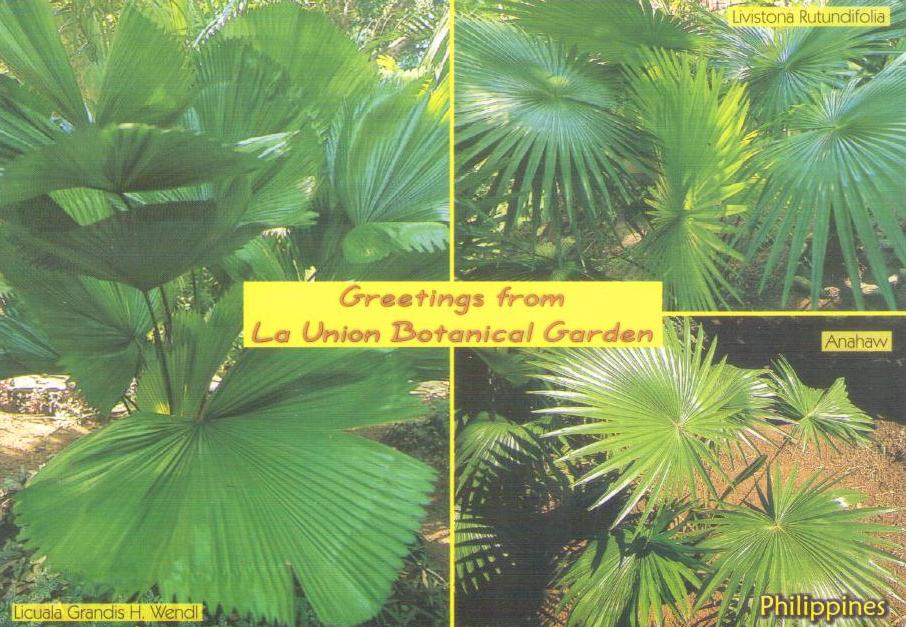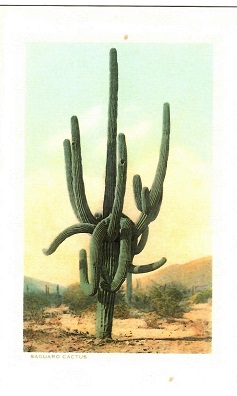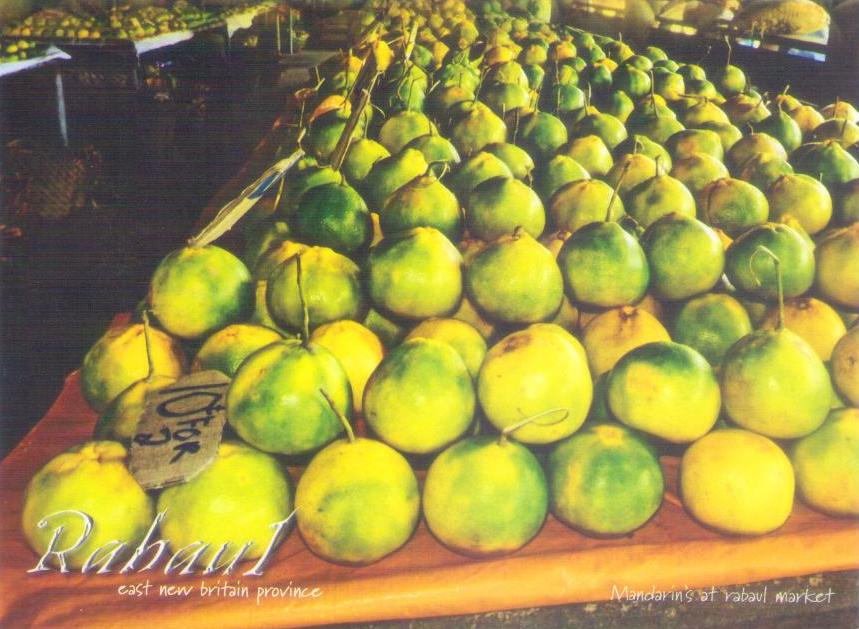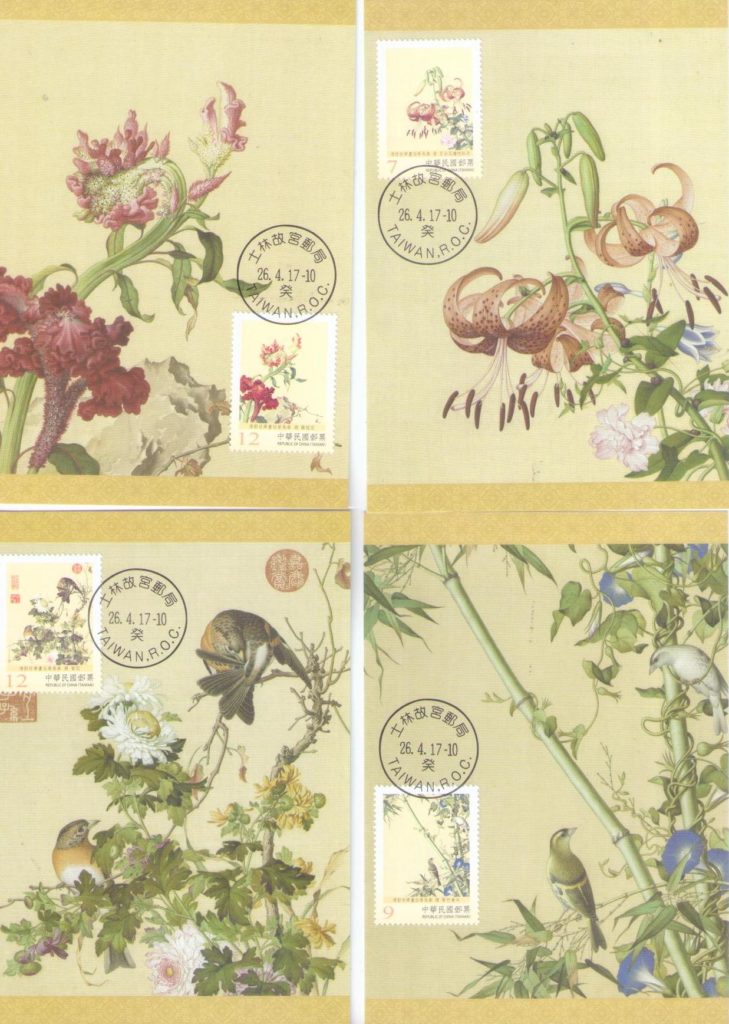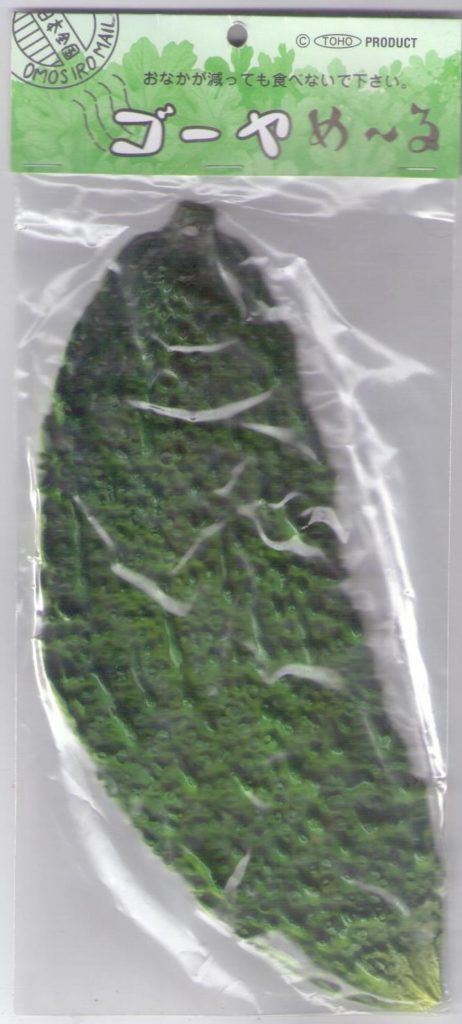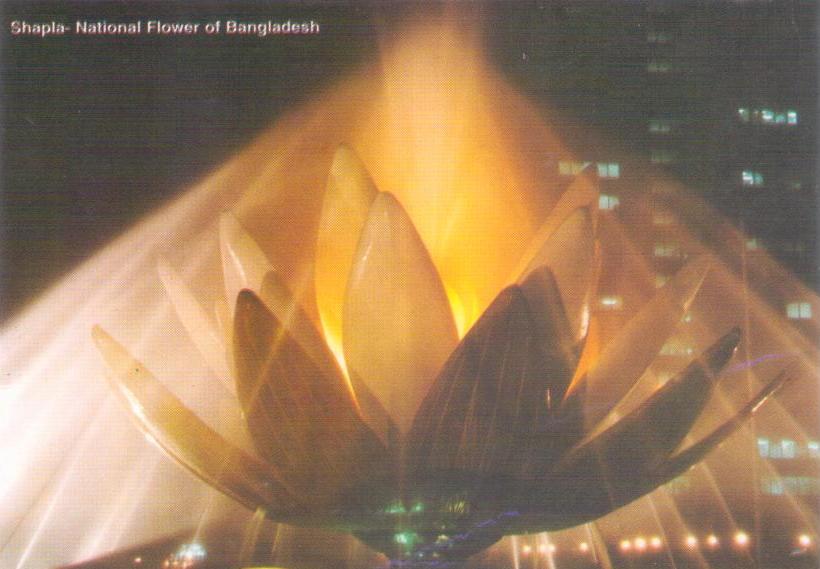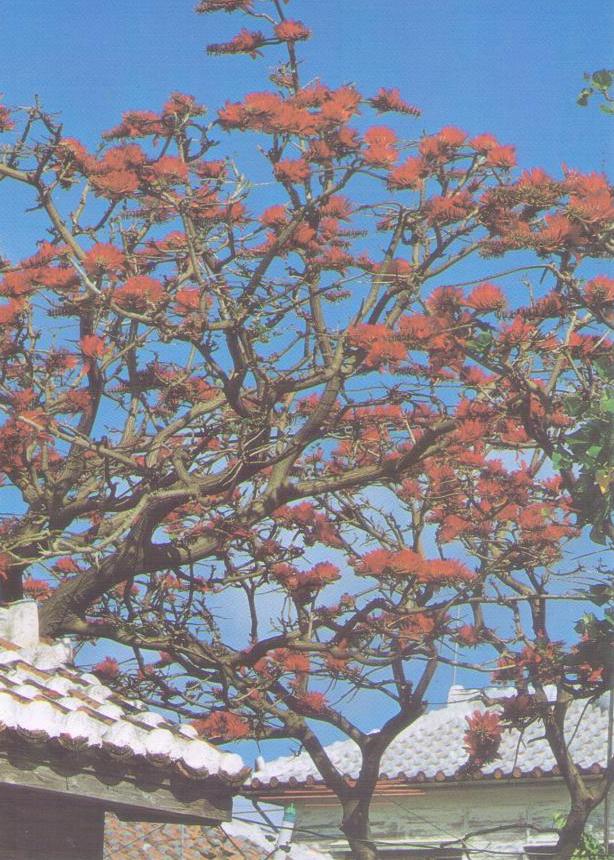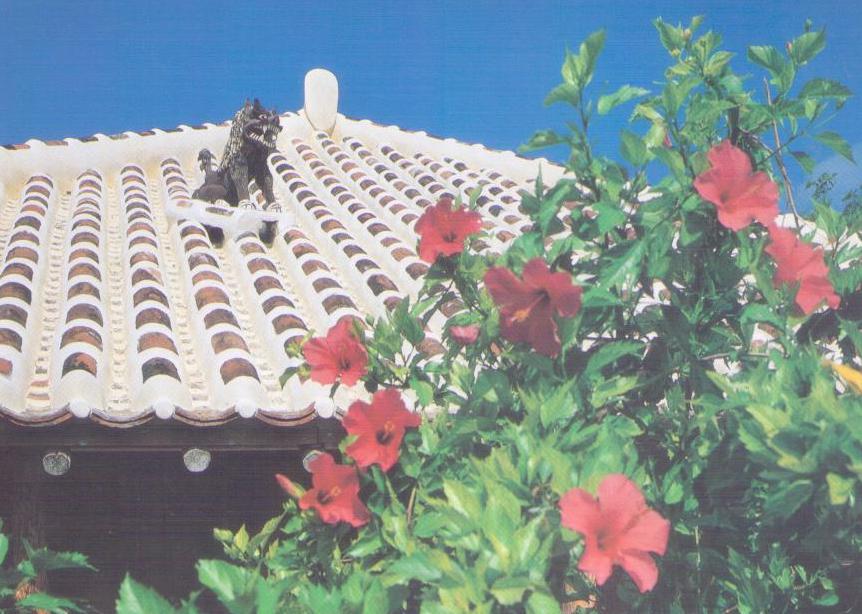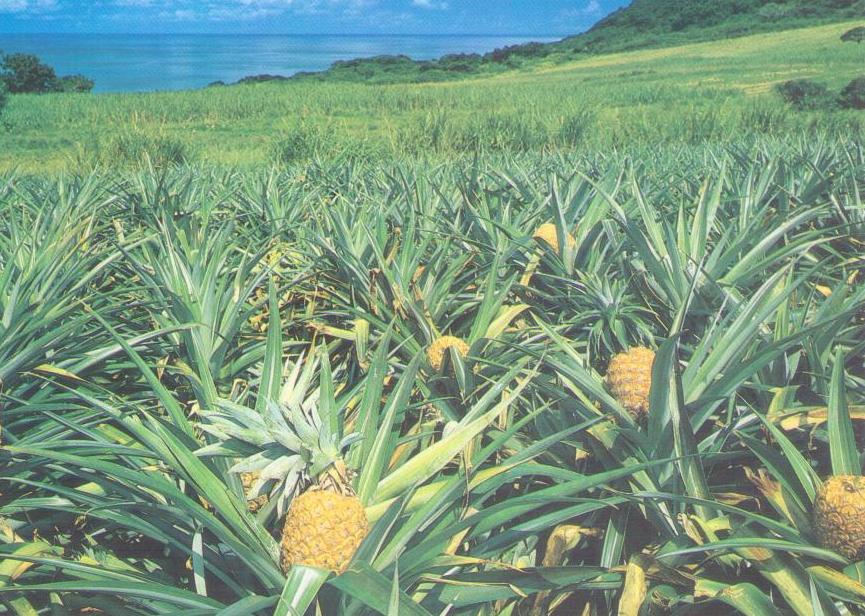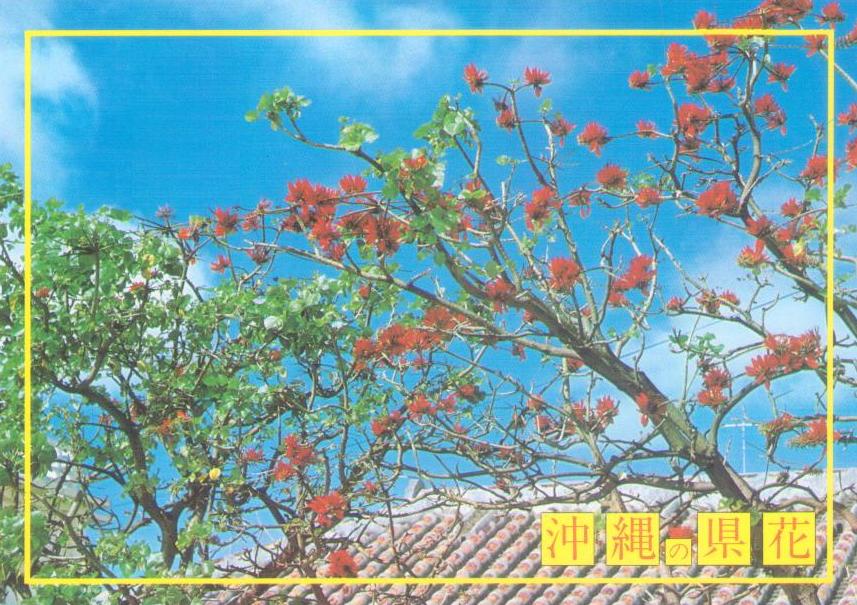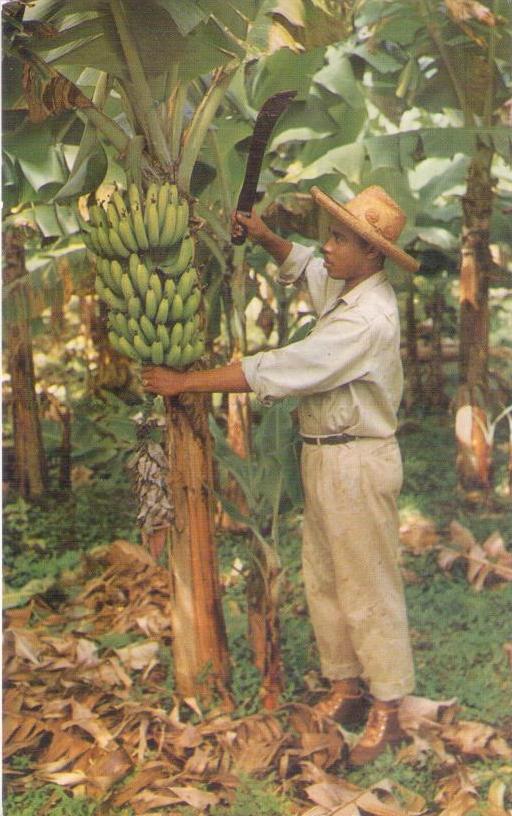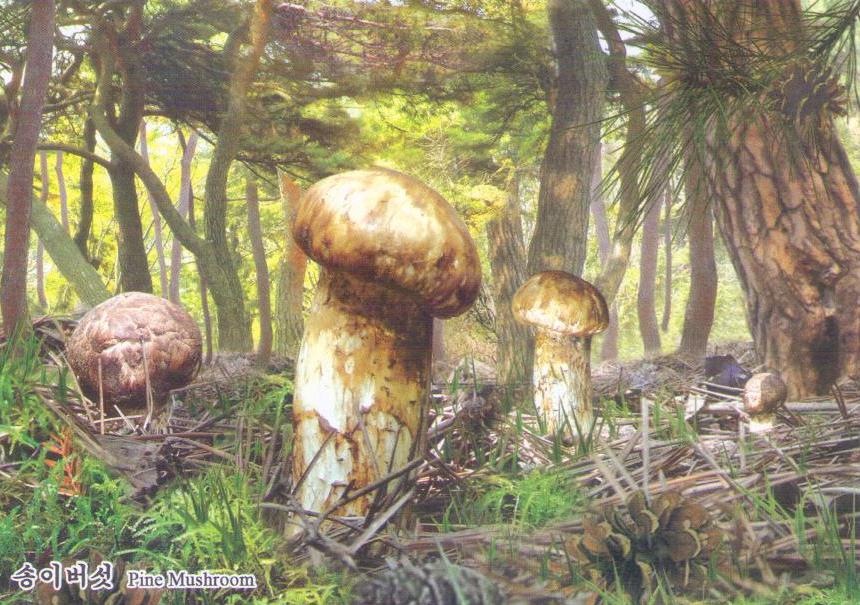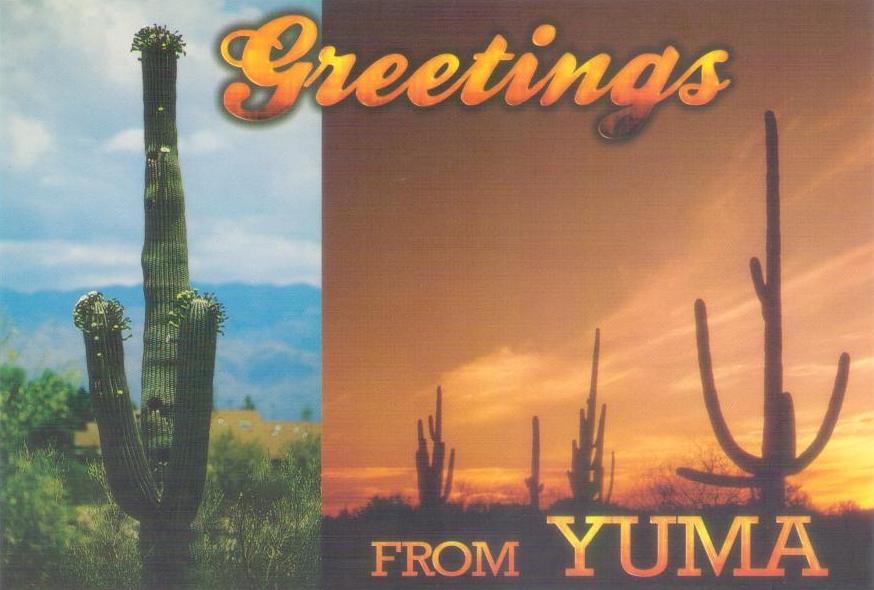-
Gallatin River showing rose-colored Fireweed (Montana, USA)
Fireweed is listed as Epilobeum Augustifolium on the card, and sure enough, Google says this too. Unused, aging “local” card. Grade: 2
-
Pilot and Index Peaks, with aspen trees (Montana, USA)
Unused, heavily aged card. Grade: 3
-
Lotus de Macau (Maximum Cards) (set of 3) (Macau)
Macau seems fixated on lotus, with iterations of this plant appearing everywhere from menus to postcards to fountains. This is CTT official series BPL 245-247, from 2019, and you do need good eyesight to see it all clearly. Captioned in Chinese and Portuguese, the Latin names are the same for each card (Nelumbo nucifera) but each variant of that is different (Haojiang Hong, Haojiang Yue, and Haojiang Bi bo). Do you know the abbreviation TMI? It’s probably true here. Grade: 1
-
Malay Tapper, Tapping Rubber Tree (Malaya)
During our long tenure in Malaysia, we got the impression that tapping rubber trees was almost exclusively the work for ethnic Indian residents. This fellow looks quite fresh to have been at it for very long. The card was mailed, probably in the early 1960s, with Malaya/Perak stamp, but uncancelled. Grade: 3
-
Fruits (II) (Maximum Cards) (set of four) (PR China)
From China National Philatelic Corporation, this set MC-113 of four maximum cards, issued in 2016. Our scan only had room for three of them, plus part of the fourth, and the fruits include apricot, grape, watermelon, and lychee. If you really like fruit postcards, these should fill the bill nicely. Unused. Grade: 1
-
Canadian Rockies, The Poppies, Lake Louise
Classic, iconic–choose your descriptor. Unused, slightly aging card. Grade: 1
-
Orange Grove (USA)
Unused Plastichrome card P584, whose plastic lamination is beginning to peel off the front. This is really a card good only if you’re desperate for one of an orange grove. Grade: 4
-
Desert Verbenas on the Sand Dunes (USA)
Unused Petley card K99, rounded corners. Grade: 2
-
Magnolia (DPR Korea)
If only all the Korean translations were as easy as this one. Unused card. Grade: 1
-
Kimilsungia (DPR Korea)
Unused card, with Korean caption only. Grade: 1
-
Mushrooms (DPR Korea)
Unused card from 2015 whose Korean-language caption translates as “mushrooms” (no surprise there), and whose colourful pre-printed postage shows the species Pleurotus ostreatus. Grade: 1
-
Kaesong Koryo Insam, EXPO Milano 2015 (DPR Korea)
If one visits Kaesong, one cannot avoid shop after shop selling ginseng in every form from powder to preserved to soap to cigarettes. It is indeed a remarkable industry. Unused card, with large and colourful semi-matching pre-printed postage. Grade: 1
-
West Sumatra, Rafflesia arnoldi (sic) (Indonesia)
The correct Latin name is Rafflesia arnoldii and the postcard marks this as another “world’s largest” for Indonesia, the world’s largest flower. What the card does not tell you is that it is a parasitic plant that smells like decaying flesh. (Not something you would bring to a wedding.) Unused card. Grade: 1
-
Greetings from The Date Empire (California)
Unused “local” card 54964-2 (FS-197) explaining some things about the Coachella Valley and Palm Springs. Allow us a small digression. Way back in the Dark Ages, on rare trips through the Southern California desert, we would see roadside stands selling date shakes. This was soooooooo exotic and in that heat they were soooooooo good. Maybe those stands or their successors are still there, but we aren’t. A chicken feet milkshake just isn’t the same. Grade: 1
-
Texas State Flower, Blue Bonnet (sic)
Unused old Dexter Press card D-31817-B, heavily aged. Grade: 3
-
Coffee (Angola)
It’s not really intuitive which end is up on this Elmar card, but we’ve made our best guess. Not postally used, and with a 1984 message on the back. Grade: 4
-
Wellwitcha (Angola)
This may look like a dead plant, but far from it. Welwitschia (the spelling Wikipedia assigns) is endemic to the Namib Desert of Namibia and Angola; it has only two actual leaves, and that same Wikipedia entry says any given plant can live for more than 1000 years. That’s not a typo! The Jomar card is not postally used and has a short message inked on the reverse. Grade: 3
-
Welwitchia Mirabilis (Angola)
You might refer back to our entry 20402011 for information about this plant, which despite its appearance is very much alive, and has been most likely longer than either you or us. The Elmar card has a long message written on the back. Grade: 4
-
Rhodiola rosea, South Greenland
We thought this was just another flower until we looked it up, and found this online: “Rhodiola rosea is a Traditional Chinese Medicine and Scandinavian herb touted to promote physical/cognitive vitality. … In regards to fatigue, rhodiola appears to be able to significantly reduce the effects of prolonged and minor physical exhaustion.” We suppose, being here in Hong Kong, we should have known that. Unused card G528 from Post Greenland. Grade: 1
-
Multiple views – Hibiscus (Pitcairn Island)
The three items on this unused, official card from 2007 include Fletcher Christian, Christian’s Cave, and the hibiscus flower. Grade: 1
-
Australian Antarctic Territory, Ice Flowers (Maximum Cards) (set of 4)
From 2016, a set of four maximum cards showing blue, grey, orange-blue, and light brown ice flowers. Being official cards, they have pre-printed “Postage pre-paid” on the back, for worldwide use. And yes, we know, ice is not a flower. Or flora. But allow us to stretch the definition just a little. Grade: 1
-
Pick a flower (Falkland Islands)
Seven photos, five identified: Pale Maiden (the national flower of the Falklands), Thrift, Vanilla Daisy, Dusty Miller, and Scurvy grass flower. Unused card. Grade: 1
-
Pale Maiden (Falkland Islands)
Unused postcard. Grade: 1
-
Pale Maiden – three views (Falkland Islands)
Unused. Grade: 1
-
Martinique, Arbre du Voyageur
Unused card with a small abrasion above the stamp area. Grade: 2
-
Rice Winnowing (Trinidad)
Mailed in 1964, with two stamps, multiple indistinct postmarks, and an extra name written along the reverse right edge. Grade: 3
-
Greetings from La Union Botanical Garden (Philippines)
Just for fun–and for the search engines–we will tell you what the unused 2002 card tells us: the scientific or local names of these plants: Licuala Grandis H. Wendl, Livistona Rutundifolia, and Anahaw. Now, Licuala grandis is the Ruffled Fan Palm, Vanuatu Fan Palm or Palas Palm, a species of palm tree in the Arecaceae family, and native to Vanuatu. Livistona rutundifolia is also known as the Table Palm, Footstool Palm, and Fan Palm, and is the same as Anahaw. Confused? Don’t be. We just extract this kind of information from time to time, and then move on. Minor edge bumping. Grade: 2
-
Saguaro Cactus
Unused Found Image Press card ZA-05 with minor staining along the edges. Grade: 3
-
Greetings from Connecticut (USA)
An iconic example of the classic Large Letter postcards, this unused Tichnor Bros. linen card 71324 with a few statistics on the back, including the 1940 population of 1,709,242. And the Flora? The State Flower is the Mountain Laurel. Grade: 1
-
East New Britain Province, Rabaul – Mandarins at Rabaul market (Papua New Guinea)
Unused, official Post PNG card with the standard East New Britain Province caption and then this add-on: “The ever popular and locally grown Mandarin (lemon) at the Kokopo Market”. We have two cards. One is unused (Grade: 1, $5) and the other has a large stamp and equally large Kokopo postmark but no other handwriting (Grade: 1, $11).
-
Ancient Chinese Paintings from the National Palace Museum: Immortal Blossoms of an Eternal Spring (II) (Maximum Cards) (set of six) (Taiwan)
Such a long title — and we have even abbreviated it — for a nice set of six maximum cards, of which our scan shows you four. Issued on 26 April 2017 by Chunghwa Post, and with a cardboard cover. If you’d like to see the other two cards, please ask us. Grade: 1
-
Okinawa, Goya (Bitter Melon) (Japan)
Still in the original packaging, this “postcard” is made from a flexible PVC material, not paper. On the reverse, it’s printed (into the PVC) as one might design the address section of a normal card. And just what does this represent? Not a forested island, like it looks, but actually the goya bitter gourd (bitter melon), Momordica charantia, a vegetable popular in Okinawa. A novelty item. Unused, distinctive, Grade: 1
-
Shapla – National Flower of Bangladesh
Shapla is the Bangla name for water lily, and here it is on this unused card. Grade: 1
-
Okinawa, Erythrina Indica Flower (Japan)
Continuing a series of unused cards, captioned mostly in Japanese and Chinese, but with the key identification also in English (or we should say western letters). Erythrina indica is sometimes known as the coral tree. Grade: 1
-
Okinawa, Hibiscus Flower & Shisa (Japan)
The Shisa are iconic to Okinawa, and easily searchable online. From a series of unused cards, captioned mostly in Japanese and Chinese, but with the key identification also in English (or we should say western letters). Grade: 1
-
Okinawa, Pine (sic) Farms (Japan)
From a series of unused cards, captioned mostly in Japanese and Chinese, but with the key identification also in English (or we should say western letters). We’re extrapolating “Pine” to “Pineapple”. Grade: 1
-
Okinawa, Deigo Flowers (Japan)
From a series of unused cards, captioned (usually) briefly in Chinese, then Japanese, then more of an often-colourful and enjoyable English, which in this case tells us the flower’s wood is used for lacquerware. But Wikipedia tells us more: “Erythrina variegata (syn. E. indica); tiger’s claw, Indian coral tree and sunshine tree; is native to the tropical and subtropical regions of eastern Africa, the Indian Subcontinent, northern Australia, and the islands of the Indian Ocean and the western Pacific Ocean east to Fiji. E. variegata is valued as an ornamental tree. In Vietnam, the leaves are used to wrap fermented meat. Erythrina variegata is known as dapdap in the Philippines where its bark and leaves are used in alternative medicine. In Siddha medicine, it is used especially for menstrual disorders and fissures at penis tip (Tamil: ஆண்குறிப்புண்).” Penis fissures? Grade: 1
-
Martinique, The banana-tree and its bunch
Unused, slightly aging but clean card. Grade: 1
-
Pine Mushroom (DPR Korea)
Unused card of Tricholoma matsutake, captioned briefly in Korean and English, with a very large pre-printed postage of similar design. Matsutake is the common name for a highly sought-after mycorrhizal mushroom that grows in Asia, Europe, and North America. It is prized in Japanese, Korean, and Chinese cuisine for its distinct spicy-aromatic odor. Not to mention its shape. Two of these cards are available. Grades: 1
-
Saguaro Cactus, Greetings from Yuma (Arizona, USA)
We were on holiday with our friends K&J, and while in Yuma (but not eating the romaine lettuce–a story having nothing to do with Arizona postcards) we thought we would see what we could find. This card of the saguaro cactus is one result. Unused. Grade: 1

